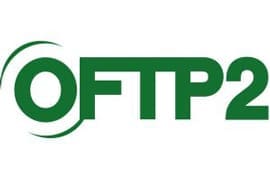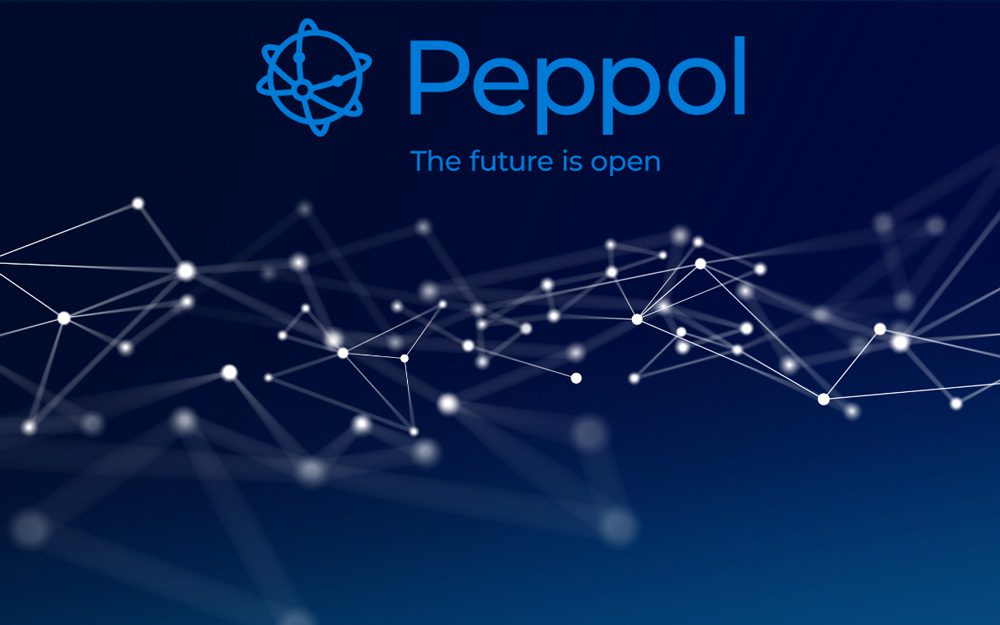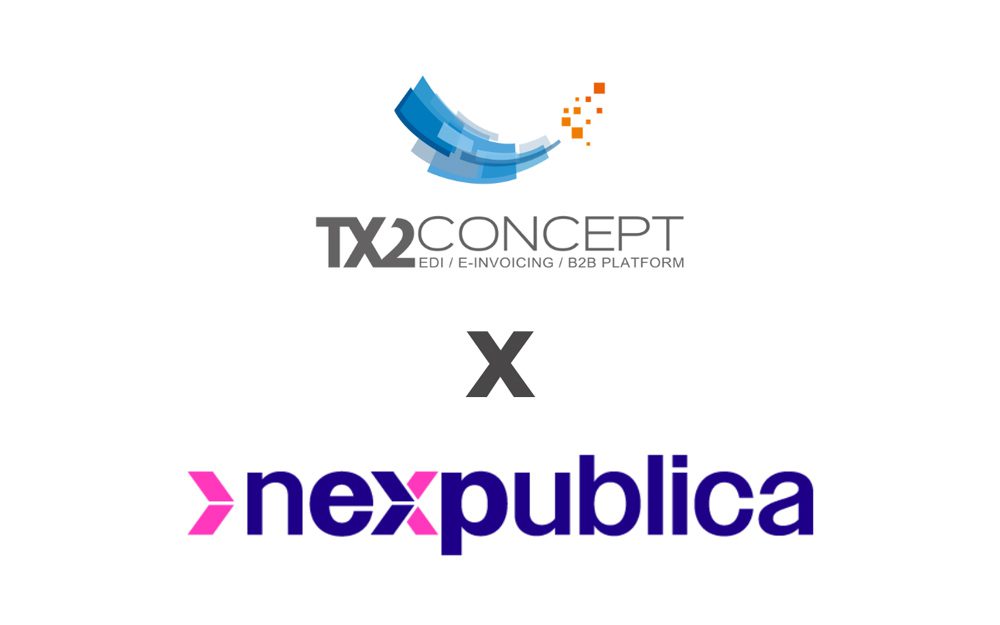To structure the messages exchanged between a sender and a recipient, EDI uses a standardized language. Thus, document standards have been developed by various organizations. These standards can be used depending on the geographical location, but also on the business sector.
We can distinguish the Tradacoms, EDIFACT, INOVERT, ODETTE, VDA and ANSI ASC X12 standards, for example.
Let’s take a closer look at what these standards correspond to.
Tradacoms: One of the pioneering standards
Founded in 1982, Tradacoms is one of the first EDI standards to emerge. It was developed in order to standardize trade in the retail sector in the United Kingdom.
A standard for British retail and distribution
Published by GS1 UK, the Tradacoms standard was designed to be used by retailers. Originally, this standard was an implementation of the UN / GTDI syntax, the precursor of EDIFACT, which we will detail below.
Tradacoms (French article) ceased to be developed by GS1 in 1995 in favor of other standards such as EANCOM which is based on the EDIFACT language. But it is still widely used today by large retailers in the United Kingdom. The reason this is only used in the UK is because it is only configured for UK currency.
Examples of Tradacoms standard EDI messages
Here are some examples of messages from the Tradacoms EDI standard:
| Application reference | Message type |
|---|---|
|
|
EDIFACT: An internationally oriented standard
The acronym UN / EDIFACT stands for United Nation / Electronic Data Interchange For Administration, Commerce and Transport. As the name suggests, this standard covers different types of industries and sectors internationally.
A standard created by the United Nations
Established by the United Nations, this standard explains the modalities for electronic data interchange according to the different sectors. It facilitates commerce and electronic transactions.
EDIFACT is both a syntax and a content of EDI messages.
It is considered as a general standard which is then adapted to the needs of the different business sectors by national and / or sectoral standardization organizations. For example, in France GS1 has developed multi-sector standards. We can also cite the standards of INOVERT for the transport sector and ODETTE for the automotive sector.
Examples of EDIFACT standard messages
Here are some examples of messages from the EDI EDIFACT standard:
| Application reference | Message type |
| – DELFOR – DELJIT – DESADV – IFCSUM – INVOIC – INVRPT – ORDERS – ORDRSP | – Delivery schedule – Just in time delivery schedule – Shipping advice – Delivery order – Invoice – Stock availibility – Order – Order confirmation |
INOVERT: A standard specific to the transport and logistics sector
As we have just mentioned, the INOVERT standard stems from the EDIFACT standard. It was developed by the GTF (Group of Terrestrial Freight Forwarders). This organization has been developing norms and standards since 1987 in collaboration with industry professionals in order to optimize processes in the transport sector and the supply chain.
The INOVERT standard provides a framework for exchanges between manufacturers and transporters. It facilitates and simplifies them thanks to the implementation of EDI messages. The standardization of these exchanges contributes to improving the productivity of companies.
ODETTE: An EDI standard specific to the automotive industry
The European Tele-Transmission Data Organization, or ODETTE, is the European equivalent of the Automotive Industry Action Group, or AIAG, in North America. These organizations are responsible for representing the interests of this industry at a regional level.

An organization that represents the interests of the European automotive industry
The main objective of ODETTE is to improve the efficiency and competitiveness of the European automotive industry in the global economy. To achieve this, it develops and implements norms, standards and other tools to optimize data flows throughout the automotive value chain.
OFTP and OFTP2.0 protocols as well as MMOG / LE (Materials Management Operations Guideline / Logistics Evaluation) were created by ODETTE. Specific document standards have also been put in place.
Examples of ODETTE standard messages
Here are some examples of messages from the EDI ODETTE standard:
| Application reference | Message type |
| – DELINS – EXHAND – CALDEL – SYNCRO – KANBAN – FORDIS – AVIEXP – INVOIC – STOACT – TRINAD – ORDERR – ORDCHG – REPORD – PRILST – REMADV – STATAC | – Expected delivery / delivery – Management of delivery schedule exceptions – Just in time delivery – Phased delivery – KANBAN delivery – Ready for expedition – Shipping advice – Invoice – Inventory report – Routing instructions – Purchase order – Order modification – Response to the order – Tariff list – Payment slip – Account statement |
VDA: A standard specific to the German automotive industry
VDA, or Verband Der Automobilindustrie, is both an organization and a standard. This organization develops norms and standards that meet the needs of companies such as Volkswagen, Audi or Daimler AG, for example.
Here are some examples of EDI messages from the VDA standard:
| Application reference | Message type |
| – 4906/4908 – 4907 – 4925 – 4926 – 4913 | – Invoice – Payment advice – Control supplier – Acknowledgment of receipt of supplier order – Shipping advice |
ANSI X12: The preeminent standard in North America
The ANSI X12 standard is the most widely used to govern electronic exchanges in North America. It is considered to be equivalent to EDIFACT in Europe.
ANSI ASC X12 creation
This standard was developed in 1979 by the Accredited Standards Committe (ASC) X12 at the request of the American National Standards Institute (ANSI). Its aim is to optimize processes in order to reduce costs and improve business growth.
Originally designed for North American industries, it is now used by more than 300,000 companies around the world.
Examples of ANSI X12 standard messages
Here are some examples of EDI ANSI X12 messages regarding orders:
| Application reference | Message type |
| – 180 – 810 – 832 – 850 – 855 – 856 – 857 | – Authorization and notification of return of goods – Invoice – Price / sales catalog – Purchase order – Acknowledgment of receipt of the purchase order – Shipping notice / manifest – Shipping and billing advice |
Examples of EDI messages regarding delivery:
| Application reference | Message type |
| – 223 – 224 – 853 – 856 – 857 – 858 – 862 | – Freight invoice and consolidators invoice – Summary of the transport bill from the road carrier – Routing and carrier instruction – Shipping notice / manifest – Shipping and billing advice – Shipping information – Delivery schedule |
These lists are not exhaustive.
Solutions compliant with the various EDI standards
At TX2 CONCEPT we develop EDI solutions adapted to all sizes of companies and all business sectors. To best meet your needs, they comply with the various standards in force.
If you would like to know more about our solutions or to have more details on these standards, do not hesitate to leave us a comment or to contact us directly. We will be happy to provide you with information and assist you in your projects.

